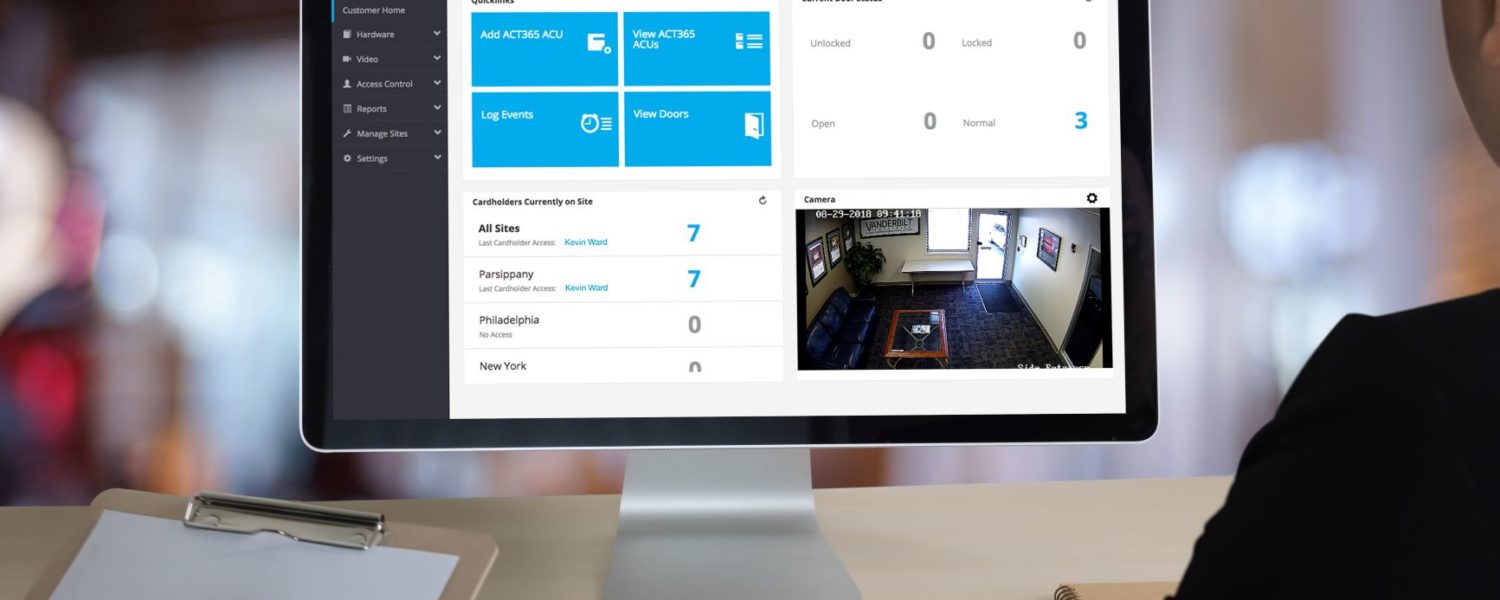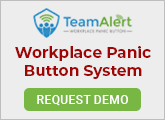By Lynn Wood
While privacy issues are a concern for school-age children, there is a need for information to be collected about students in a safe and secure manner — and one of those reasons is security. The incorporation of data into a school’s overall security plan is essential — especially if access control solutions are being used to ensure only approved visitors, staff, teachers and students are allowed on school property.
Critical data across a campus environment is collected in a number of ways, such as through human resources, student records and event management software, all of which are typically used in an educational environment. Integrating these platforms with access control and visitor management software can create a streamlined process for managing access to a campus, control over when people can access a building, and much, much more.
Going further, data integration between other systems, like HVAC or building controls, can help educational campuses realize even more positive potential results that can help identify ways to save energy and become more efficient. Advantages are numerous for various parts of a school, including:
Lighting Control
Automatic lighting is not a new phenomenon by any means, but the implementation of this technology has been slow to spread. However, with the addition of “smart” devices (think Google Home or Amazon Alexa, but for large facilities) there’s a significant shift toward streamlining control of a facility’s lighting. Software integration between access control platforms and smart lighting technology can help make this a reality, signaling when someone has entered the facility and triggering a response to turn lighting on in a specific location. Similarly, the same can be implemented when the last person exits the building to signal additional lighting to be turned off. This can significantly impact cost savings by reducing energy usage.
Heating/Cooling Management
For so many schools, heating and cooling can be a significant expense, which means measures that can address usage based on need are getting a lot of interest. Using access control software to “talk” to controls for heating and cooling works by providing information about who is still present within a facility at any given time. When the first person to come in for the day swipes their card, that information from the access management software can trigger an automatic update for the HVAC system to turn the system on for the day and vice versa at night when the last person leaves the building. Even further, software integration can also be customized to the point of controlling the temperature based on someone’s preferences within a specific office space, which may seem futuristic, but holds the promise of future customization options.
Lockdowns and Muster Reporting
We don’t want to think about the threats out there that plague today’s schools, but it’s essential to be prepared when the worst happens. This means the ability to integrate data as lockdowns occur. The benefit of using access control to determine building occupancy is in emergency situations when evacuations are possible. Using access control software to determine how many people are in any given area of a school, along with integrating roll call systems to better ensure accurate muster reports can mean all the difference in an emergency situation. Having accurate records is essential for making sure students are safe and accounted for as an event unfolds.
Human Resources Records
When an HR department or school registrar is tasked with the management of employee and student information from a records management standpoint, there’s software for that. What makes this software really stand out is when it can be integrated with access control software to streamline onboarding of staff and faculty, as well as the addition of new students. For example, with the click of a button, a badge can be activated to provide access to a campus or restrict access accordingly. Additionally, with the use of a visitor management platform, new visitors can be granted access to certain parts of a campus based on their reasons for being on the campus. Badges can have time limits to ensure that they won’t be used multiple days in a row.
Strengthened Security
At the end of the day, the goal of integration of access control software with other software being used across a campus is security of not only assets, but the students, staff and faculty within the organization. The ability to gather information about visitors, building occupancy and who is present on any given workday can provide valuable information to officials in the event of an incident, funneling critical information with the push of a button.
Access control software has the ability to deploy lockdown functionality in an emergency while building occupancy software can pinpoint where people are so they can be evacuated safely. All of this technology combined seeks to offer today’s educational institutions the peace of mind they need to ensure the safety of everyone on a campus.
Lynn Wood is product portfolio manager for Vanderbilt Industries, which designs and manufactures state-of-the-art security products and systems for access control, intrusion detection and video management, www.vanderbiltindustries.com.










